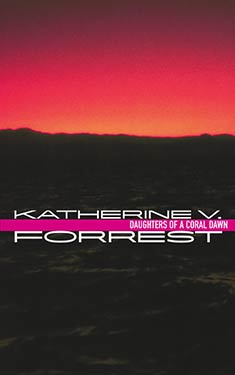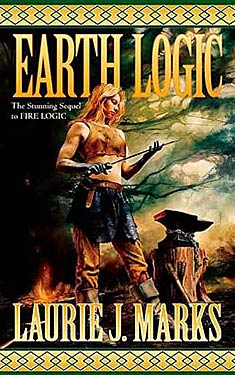Geoff Ryman
Completed 6/29/2019,
Reviewed 6/29/2019
4 stars
Geoff Ryman’s
imagination is quite a force. In this
book, he has imagined a bizarre dystopian future which he explains at the
beginning in about four pages. Then he
goes on to create a strange novel based on this world in the next four
hundred. It’s an interesting form,
building a world quickly and then setting a story in it. The story however, is as complex as his world. This is not a quick book. It takes effort and concentration to
understand what’s going on, and in the end, I don’t know if I got it all. But I found it to be beautifully written, and
enjoyed what I could grasp of the complex plot.
It won the Arthur C. Clarke and John W. Campbell awards for science
fiction in 1990.
The book
takes place in a future London after a world-wide communist revolution. There is a hive mind called the Consensus
which is created by Reading the minds of all children at the age of ten. At this time, all socially unacceptable behavior
is destroyed. Unfortunately, this
includes all talent and imagination.
Also, cancer has been cured, but the cure has cut the average lifespan
to the age of thirty-five. To make
people mature more quickly, they are infected with viruses that impart all the
knowledge they’d ever need. This, in combination
with being Read, creates a population that knows a lot but has no passion or
appreciation for knowledge and particularly, the arts.
Milena is an
enigma. As a child, she was immune to
the viruses so she had to learn on her own and at ten she wasn’t Read. She goes through early life feeling less than. She is placed in life as an actress, but has
no real passion for it. Everything is rote
for the other actors and for the children they perform for. They do not appreciate the plays she
performs. One day, she meets a
genetically engineered human, in the form of a polar bear, so created to be
able to work in the Antarctic. GE’s are
not infected with viruses and are not read.
This polar bear person, named Rolfa, loves to sing opera and secretly
sets literature to music. Milena
befriends Rolfa and falls in love with her, but their love is never
actualized. She discovers Dante’s “The
Divine Comedy” set to music and sets out to orchestrate and direct a
holographic production of it in the sky.
But in the process of getting it produced, Rolfa gets Read and loses her
talent and is cured of her lesbian orientation.
The form of
the book is almost as complex as the world-building and the plot. It’s divided into two books. The first book is fairly straight-forward. It follows Milena as she meets and loses
Rolfa, stops being an actress, and begins being a director. The second book is more convoluted. Its timeline is non-linear as Milena
remembers her childhood and works on getting the opera produced. I was very fortunate to have read a review of
the book that pointed this out, so I was prepared for the effort required to
follow the multiple plot threads through the jumping timeline. However, it was still pretty difficult to follow. This second book is the section where it
requires a lot of effort to keep up with the subplots.
My only
complaint with the book is that there was a strange relationship between Milena
and her first choice as lighting designer for the opera. After not choosing her to do the lighting
production, the woman stalks and harasses Milena through holographic
projections. At first it made me angry,
which I believe was the intended response to the scene. But then I became quite bored with it as it
dragged on. The harassment gets worse
and worse, but it didn’t seem to have anything to do with the rest of the book,
and these scenes were very long. I
eventually became annoyed with it, wanting desperately to get back to the other
subplots. Without this, I think the book
would have been about fifty pages shorter and I would have maybe had a better
chance of keeping the other subplots straight in my head.
Otherwise,
the book is beautifully written, building this complex world with wonderful
word and expression choices. Ryman’s
imagination was simply amazing to me. I
give this book four stars out of five. I
think this book would be lost on hard-core science fiction fans because the
plot is so out there, but I think it is one of the most creative dystopias I’ve
ever encountered in my reading.







